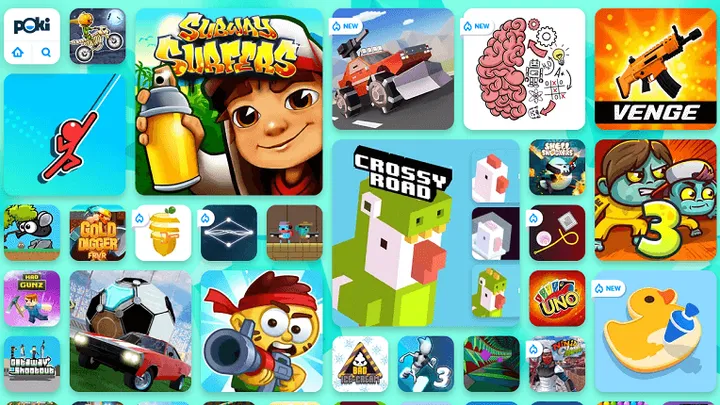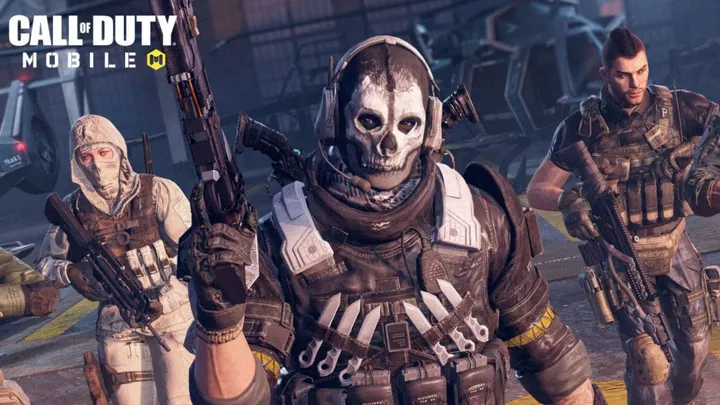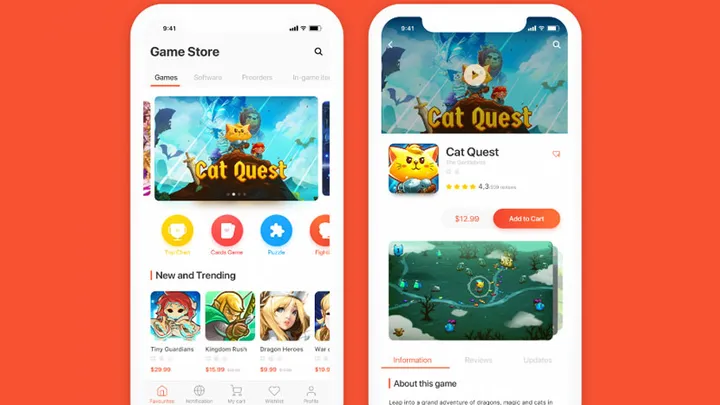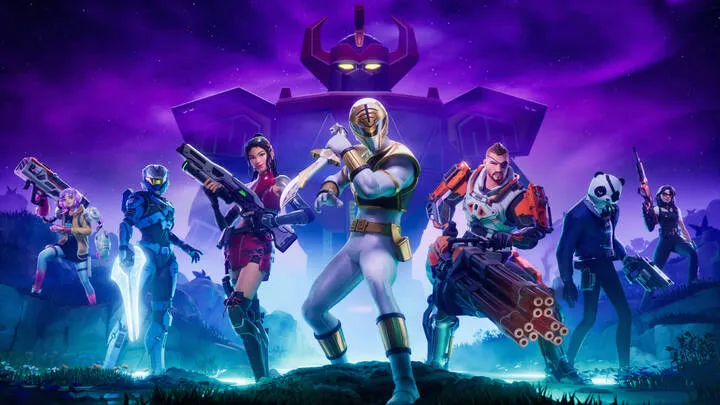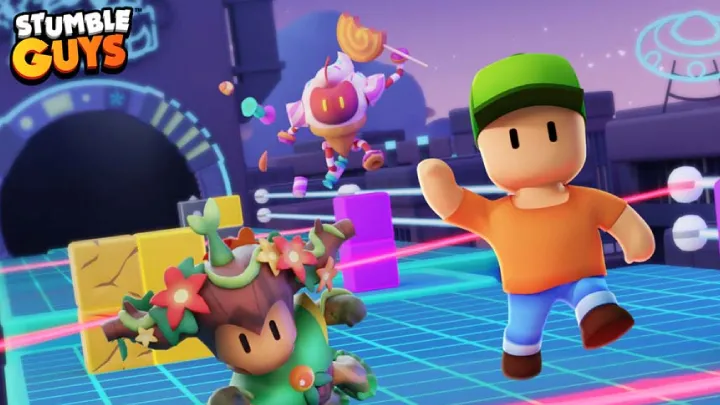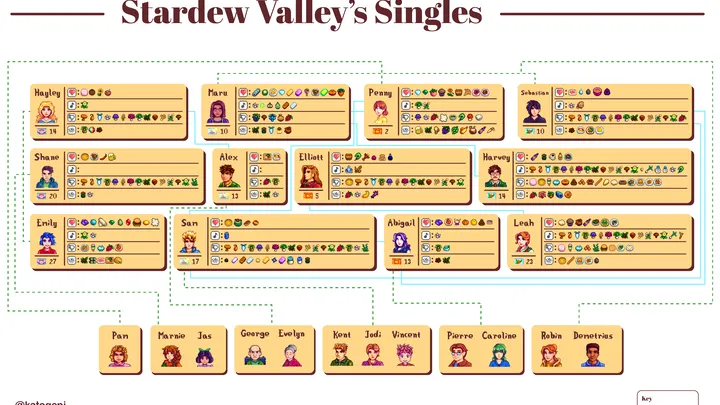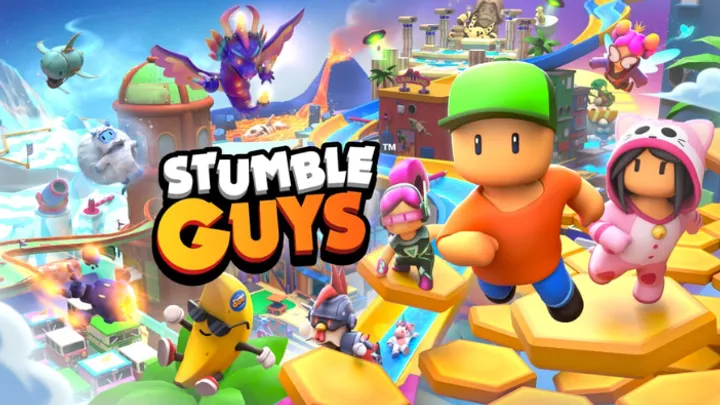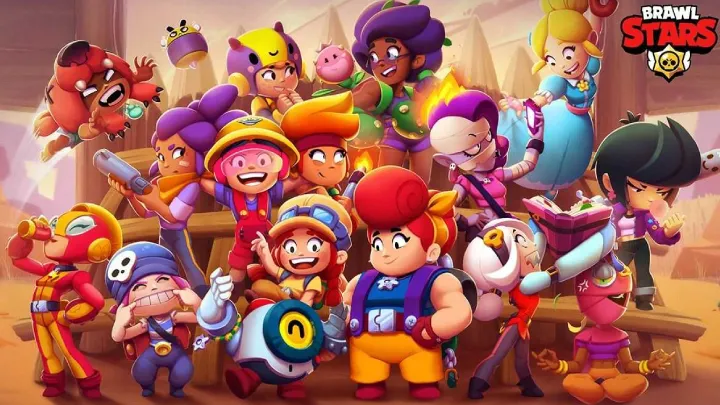Marvel Rivals is a fast-paced, hero-based shooter that thrives on synergy and strategic team play. Among its standout features is the Team-Up ability system, which allows specific hero pairings to unlock unique buffs, skills, or co-op powers. These Team-Ups can be game-changers when timed correctly or utterly useless if misunderstood or misused.
This guide will help you master Team-Up mechanics—from understanding their structure to executing them under pressure and adapting to the ever-evolving meta. With over 2,000 words of practical insight, you’ll leave with a competitive edge whether you're a new player or an advanced competitor.
1. What Are Team-Up Abilities?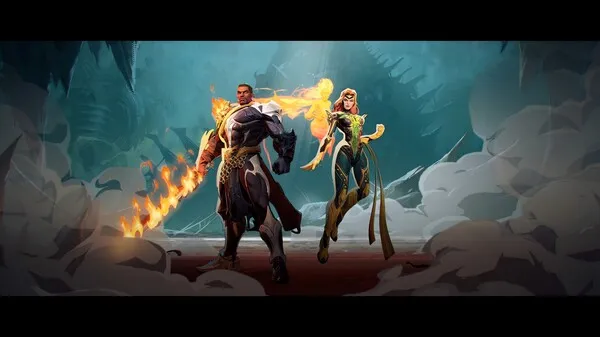
Team-Up Abilities are special enhancements or unique cooperative skills that activate when certain heroes are on the same team. These aren't just flavor elements; they often have a direct and powerful impact on gameplay.
Each Team-Up involves an anchor hero (the main beneficiary or activator) and one or more partner heroes (those required for the combo to unlock). The effect might be passive—such as buffs to movement speed or damage—or active, requiring player coordination to deploy a special move.
Understanding this mechanic is essential for using your hero roster effectively and taking advantage of synergies that casual players often miss.
2. Learning Available Team-Up Combinations
Not every hero can team up with every other. Instead, combinations are carefully selected to reflect the lore, personality, or thematic synergy between characters. Learning which heroes can form Team-Ups is step one.
Examples of powerful Team-Ups:
- Rocket and Groot: Rocket rides Groot, gaining reduced incoming damage and improved fire rate.
- Scarlet Witch and Magneto: Unlocks a devastating area-of-effect ability that manipulates magnetic energy.
- Hela and Loki: Enables a unique resurrection mechanic upon kill chains.
- Spider-Man and Venom: Increases web duration and symbiote strength when played together.
Most Team-Ups are found on the hero selection screen or in practice mode. Knowing the list is just as important as understanding your role.
3. Building Your Team Around Synergies
Hero selection in Marvel Rivals is more than just picking your favorite fighter. If you're playing competitively, you'll need to think about team composition and potential Team-Up benefits.
Tips for building effective teams:
- Always have an anchor hero who benefits most from a Team-Up.
- Try to balance roles (e.g., duelists, vanguards, supports) while still enabling at least one synergy.
- Communicate with teammates before selecting to maximize synergy-based lineups.
For example, if someone picks Rocket, consider choosing Groot. If Magneto is selected, Scarlet Witch might be your best pick—not just for lore, but for damage output.
4. Practicing Combos in Training Mode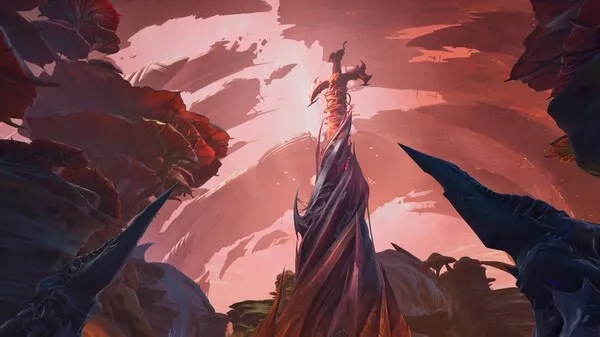
Many players skip training modes, but if you want to learn Team-Ups, this is where you'll master timing and combo efficiency.
Training options include:
- Solo Practice Range: A great way to test hero interactions, cooldown timing, and ultimate sync-ups.
- AI Matches: Useful for learning combo mechanics in a simulated but controlled environment.
- Doom Mode: An endless respawn mode to practice abilities and Team-Up combos in combat conditions.
Spend 20–30 minutes per week drilling your favorite Team-Up abilities. You’ll notice a significant improvement in your execution under live-fire conditions.
5. Timing and Execution in Real Matches
Even with the best plan and practice, a poorly timed Team-Up is wasted. Knowing when to use your synergy is critical.
Situational awareness matters:
- Save damage-boosting Team-Ups for clustered enemy formations.
- Use healing-based synergies after initial engagements or when defending objectives.
- Don’t activate your synergy during a retreat or when your partner is out of position.
Great players don’t just know their combos—they know when they matter most. Coordination, cooldown management, and map knowledge all play into timing.
6. Countering Enemy Team-Ups
What do you do when your enemies are coordinating better than you? Learn to recognize and counter their Team-Ups before they can affect the outcome.
Counterplay strategies:
- Target the anchor hero first. Without them, the synergy breaks.
- Use stuns or knockbacks to interrupt activated combos.
- Track enemy cooldowns so you can anticipate their next combo.
If you see a Rocket-Groot combo lining up, apply pressure or use a gap-closer to force them apart. Break the rhythm, and you break the combo.
7. Role-Specific Use of Team-Ups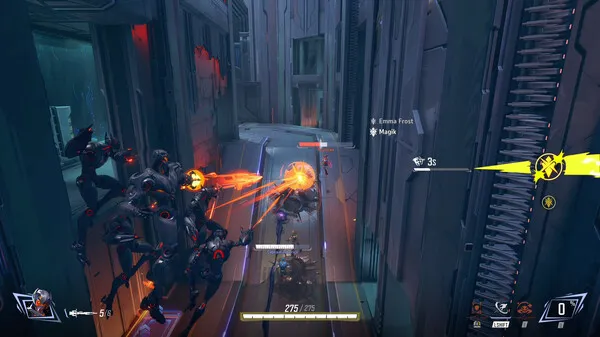
Each role in Marvel Rivals interacts with Team-Ups differently. Knowing your job helps optimize the impact.
Vanguards
These frontline tanks often serve as the anchor. Their job is to initiate and soak damage while enabling others to activate synergy.
Duelists
The main damage dealers, they typically benefit from increased fire rate, crit chance, or secondary mobility when paired with the right teammate.
Strategists
Support or utility roles often unlock hidden passive buffs, healing effects, or situational advantages like faster ultimate gain or shield regen.
Your use of Team-Ups should reflect your role’s core responsibility.
8. Communicating With Your Team
Marvel Rivals rewards communication. A coordinated Team-Up can wipe out an entire squad, but that only happens when teammates are on the same page.
Effective comms include:
- Calling out when your Team-Up is off cooldown.
- Letting allies know when you're near and ready to activate.
- Using simple phrases like “Groot ready” or “Wait for Hela revive.”
Even without voice chat, ping systems and text communication are enough to coordinate a solid Team-Up.
9. Adapting to Meta and Patch Changes
Team-Ups are not static. Each season or patch may introduce new hero combinations, tweak existing ones, or remove underperforming synergies.
Staying current requires:
- Checking patch notes for synergy changes.
- Testing new combos in practice mode.
- Adjusting your hero pool based on updated team synergies.
For example, if Hela’s revive mechanic becomes stronger in a patch, you’ll likely see more players pairing her with aggressive duelists. Be ready to join or counter that trend.
10. Advanced Team-Up Tactics
Once you've mastered the basics, move into more complex strategies.
Pro-level tactics:
- Chain multiple Team-Ups in one engagement.
- Use Team-Ups to bait enemy ultimates.
- Build compositions entirely around triple synergy stacks.
These plays require practice, but when executed correctly, they can result in complete team wipes, secure objectives, or clutch turnarounds.
Some high-level players even swap heroes mid-match to refresh Team-Up options. That level of awareness and adaptability can separate casual players from top-tier ones.
Conclusion
Mastering Team-Up abilities in Marvel Rivals is about more than just knowing which heroes go together. It involves deep strategic understanding, role-awareness, constant practice, and reactive gameplay. From team selection and in-match coordination to counter strategies and meta adaptability, every decision impacts your effectiveness.
By following this comprehensive guide, you'll gain more than just victories—you'll command respect as a synergy-aware player who turns potential into results. Team-Up abilities aren’t optional if you're aiming to rise through the ranks; they’re essential.








